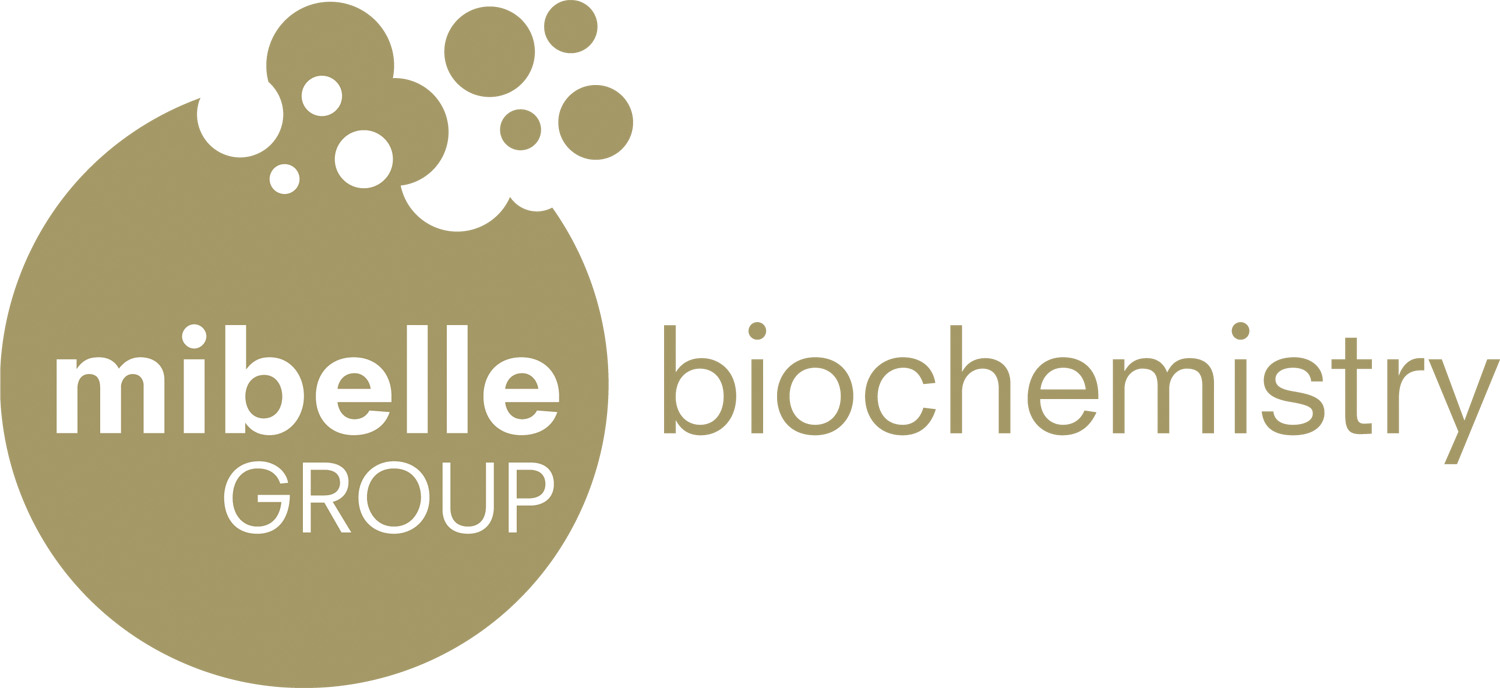It is with some trepidation that I step into the shoes of 'Mr Cosmetics', or John Woodruff, as he is sometimes known, to write a review of new raw materials that can be used in hair care products.
In this first review, I will set the historical scene and review a selection of the new materials I have found most interesting.
A brief history of shampoo
When I joined the cosmetics industry, the range of available hair care products was in some regards much smaller than it is today, while in other respects it hasn't really changed at all.
In the late 1970s, we had liquid shampoos and could no longer buy powder shampoos, at least not in the UK.
We had moved away from simple acid-based hair rinses for getting rid of the soap scum that appeared if you used a soap-based shampoo in a hard water area.
We had some hair styling products – well, aerosol hair sprays and setting lotions – but mousse had yet to make it to the mass market. If you wanted a shampoo you had to decide whether you had dry, normal or greasy hair.
Much research was done on trying to prevent the appearance of greasy hair if the hair was only washed once a week.
This problem went away, of course, as the frequency of hair washing increased. These three variants were distinguished by increasing the surfactant level.
The choice of main surfactant in shampoos was evolving at this time and the move to ethoxylated lauryl sulfates was underway, taking us away from lauryl sulfates and alpha olefin sulfonates.
We had yet to decide whether we liked ammonium or sodium better at this stage, but I seem to remember triethanolamine salts were on their way out.
Work was going on at this time to solve the problem of





